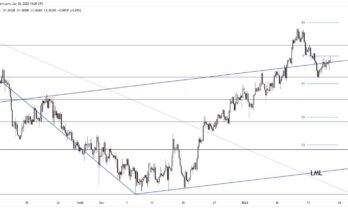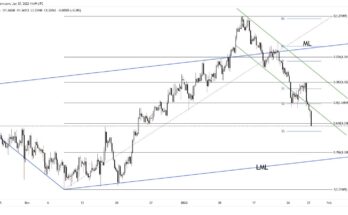The question for markets right now is whether the dollar is pausing for breath after last week’s volatility, or we are seeing the start of a dollar correction from the relentless uptrend seen over the past 8 months. The dollar index itself remains above the lows of last Wednesday (96.628), but if this is broken, then the dollar will be facing a more bearish near-term outlook as stops are triggered. For EURUSD, Wednesday’s high of 1.1043 is the initial upside resistance, with the single currency sitting one big figure below this level at the start of the European session. There was little of substance to emerge from yesterday’s talks between Germany and Greece, with some reports showing smiling pictures of Merkel and Tsipras, others showing less glowing ones. The euro remains relatively immune to the fact that once again Greece could run out of money in a matter of weeks.
We see the preliminary PMI data for the Eurozone today, which could cause some initial volatility on the single currency. Thereafter, the focus is with the inflation data in the UK, where there is a chance that the headline rate could dip into negative territory. In contrast to the Eurozone, the UK’s core inflation rate remains relatively stable. It has risen for the past two months and is seen nudging down to 1.3% today (from 1.4% on the previous reading). Sterling has been one of the weaker performers since the middle of last week, with cable failing to break above the 1.50 level on a sustained basis. One MPC member last week (Haldane) was talking of the possibility of lower rates being just as likely as higher rates. This is by no means a majority view, but does reflect the fact that the BoE is far less focused on their exit strategy than the Fed.
Further reading:
UK’s core inflation rate
EUR/USD: Trading the German Ifo Business Climate



